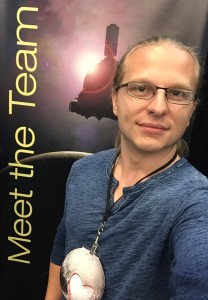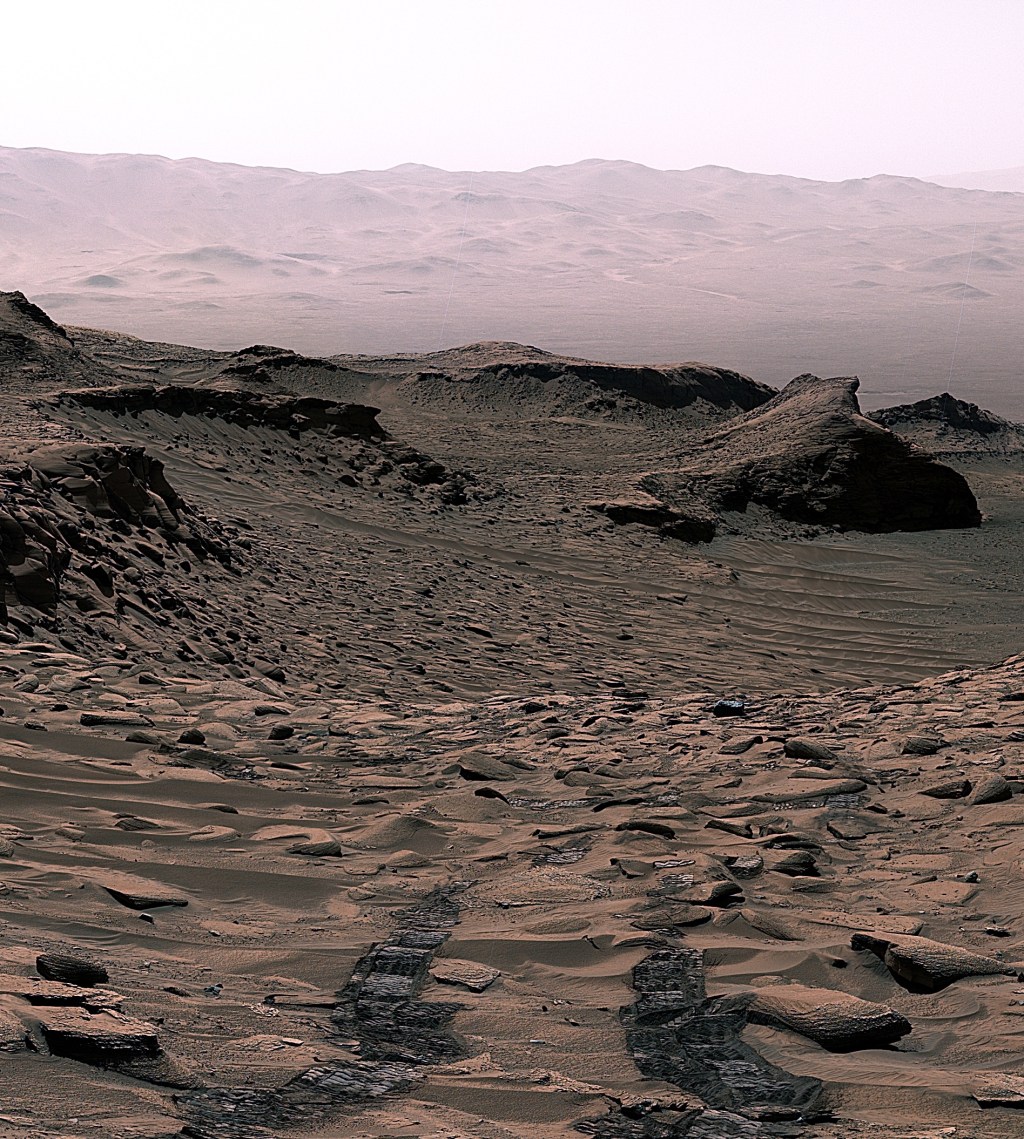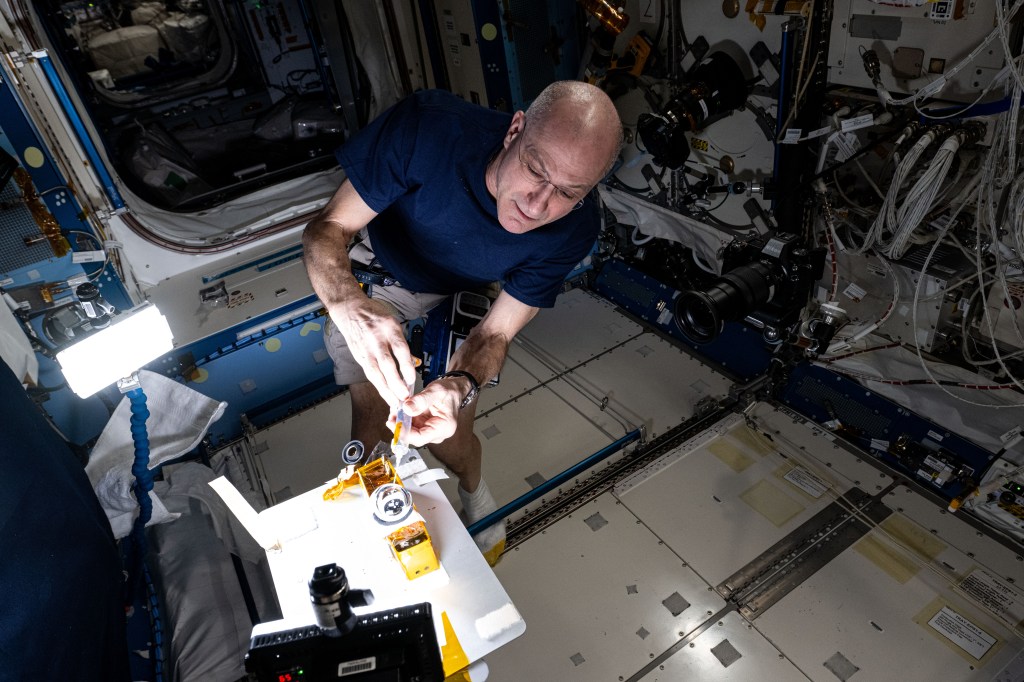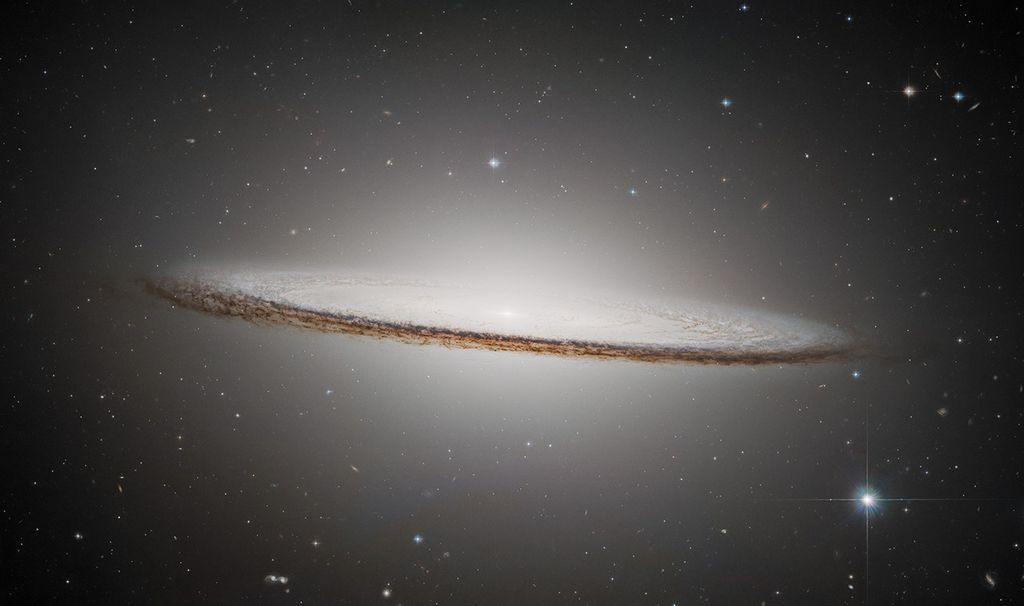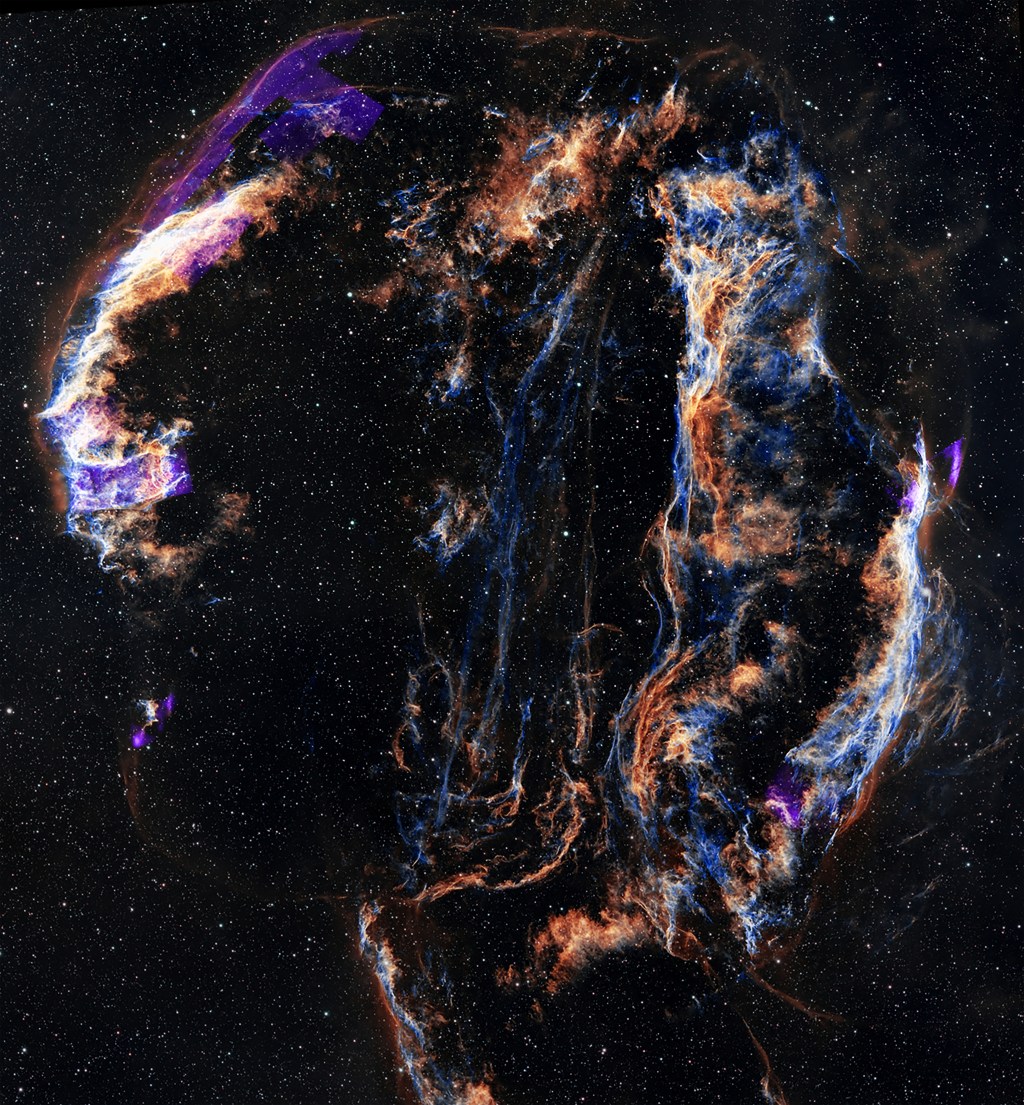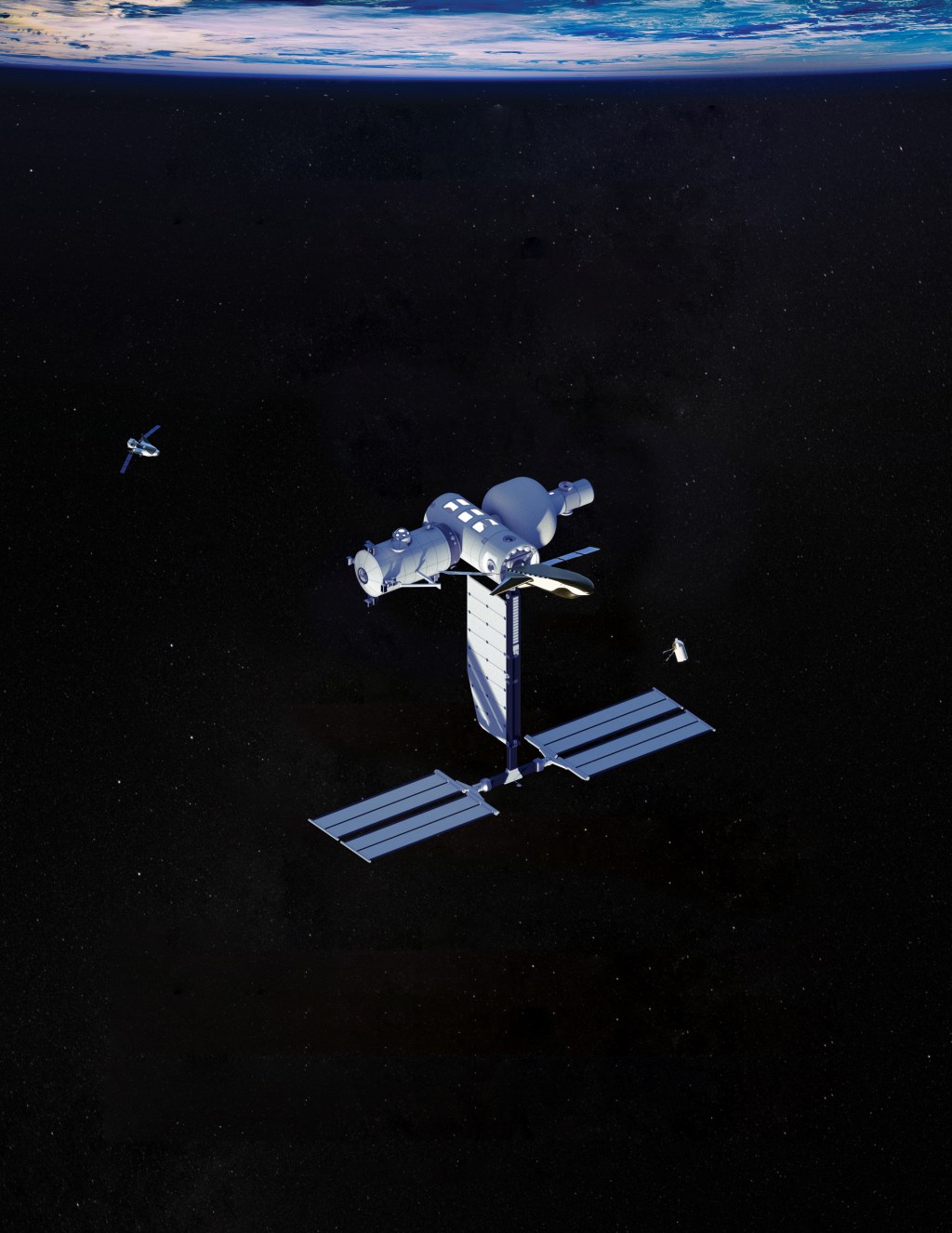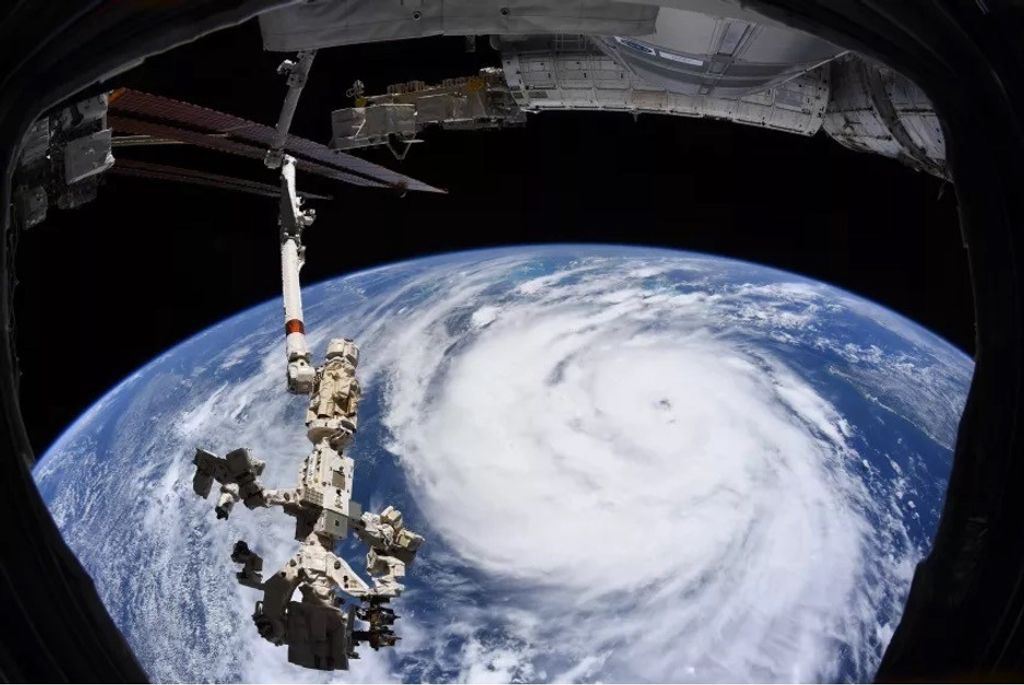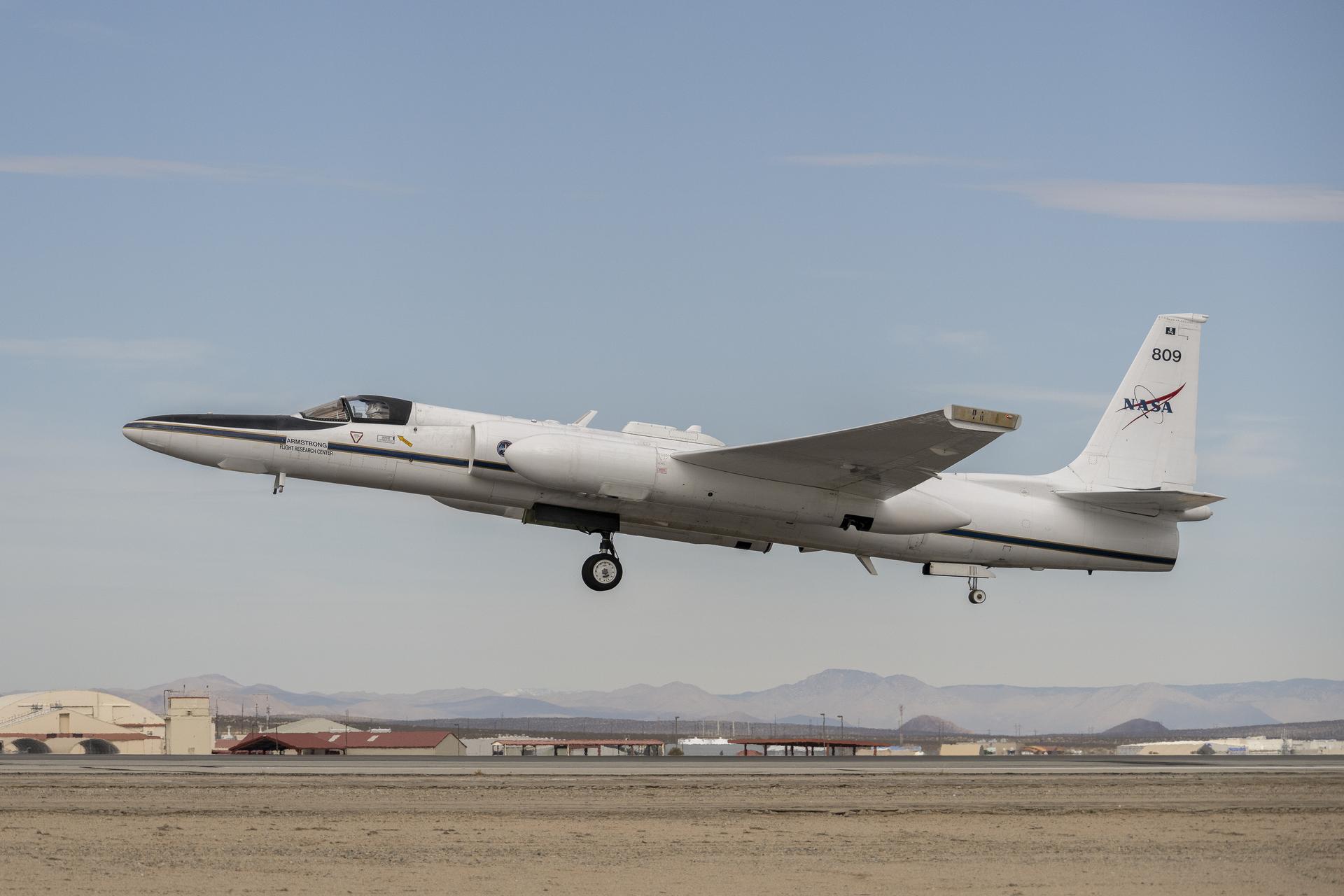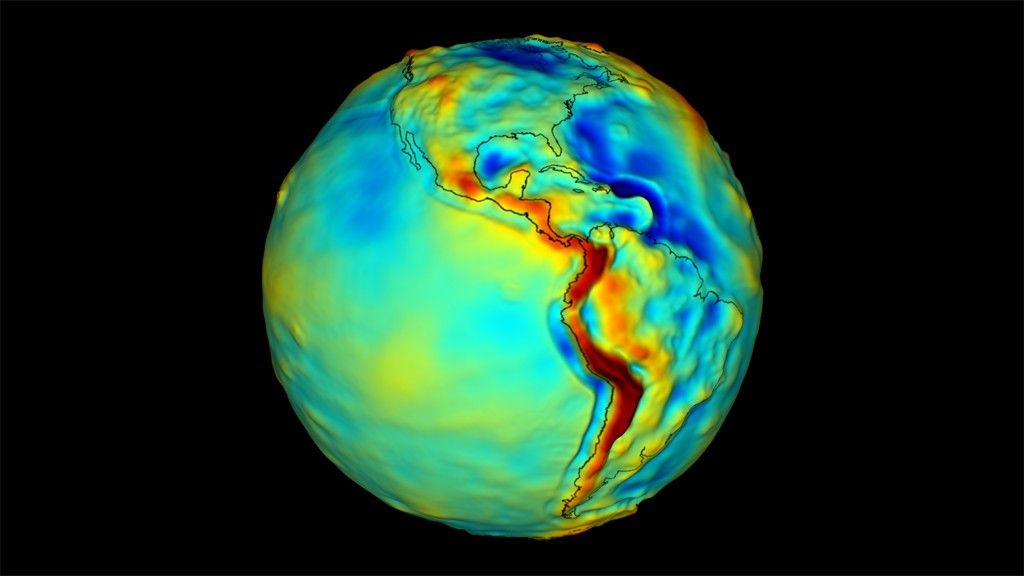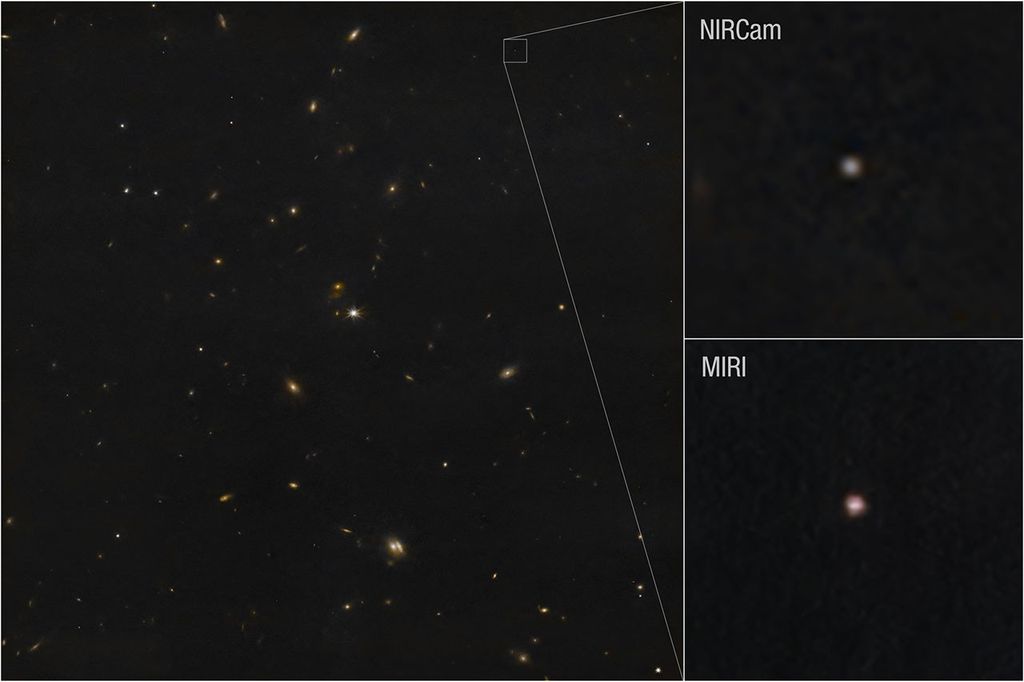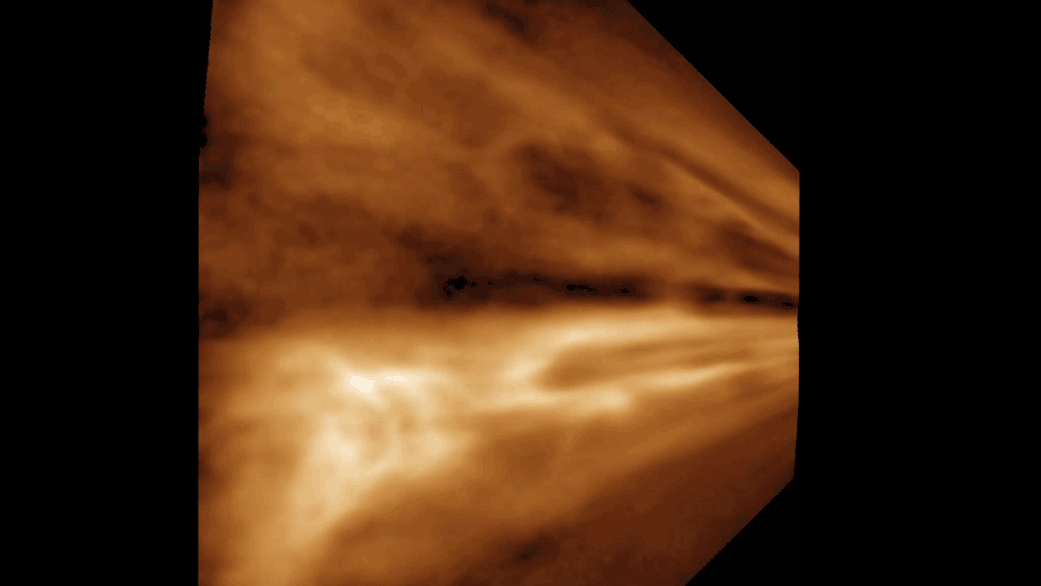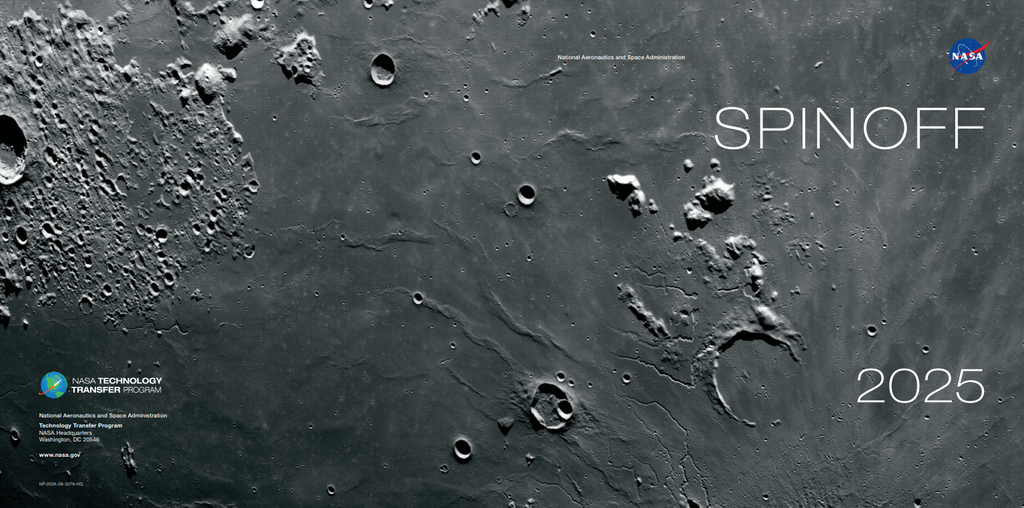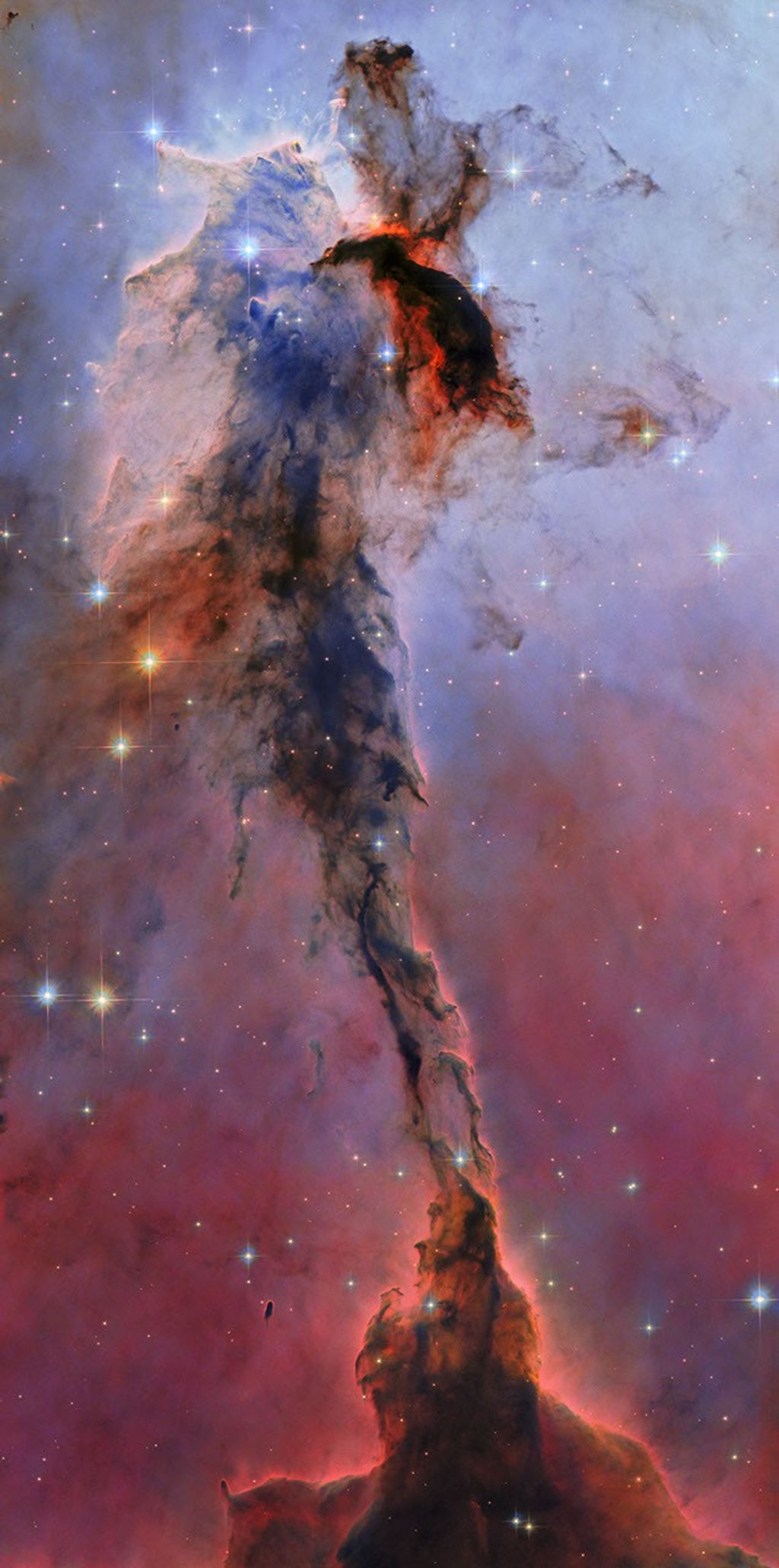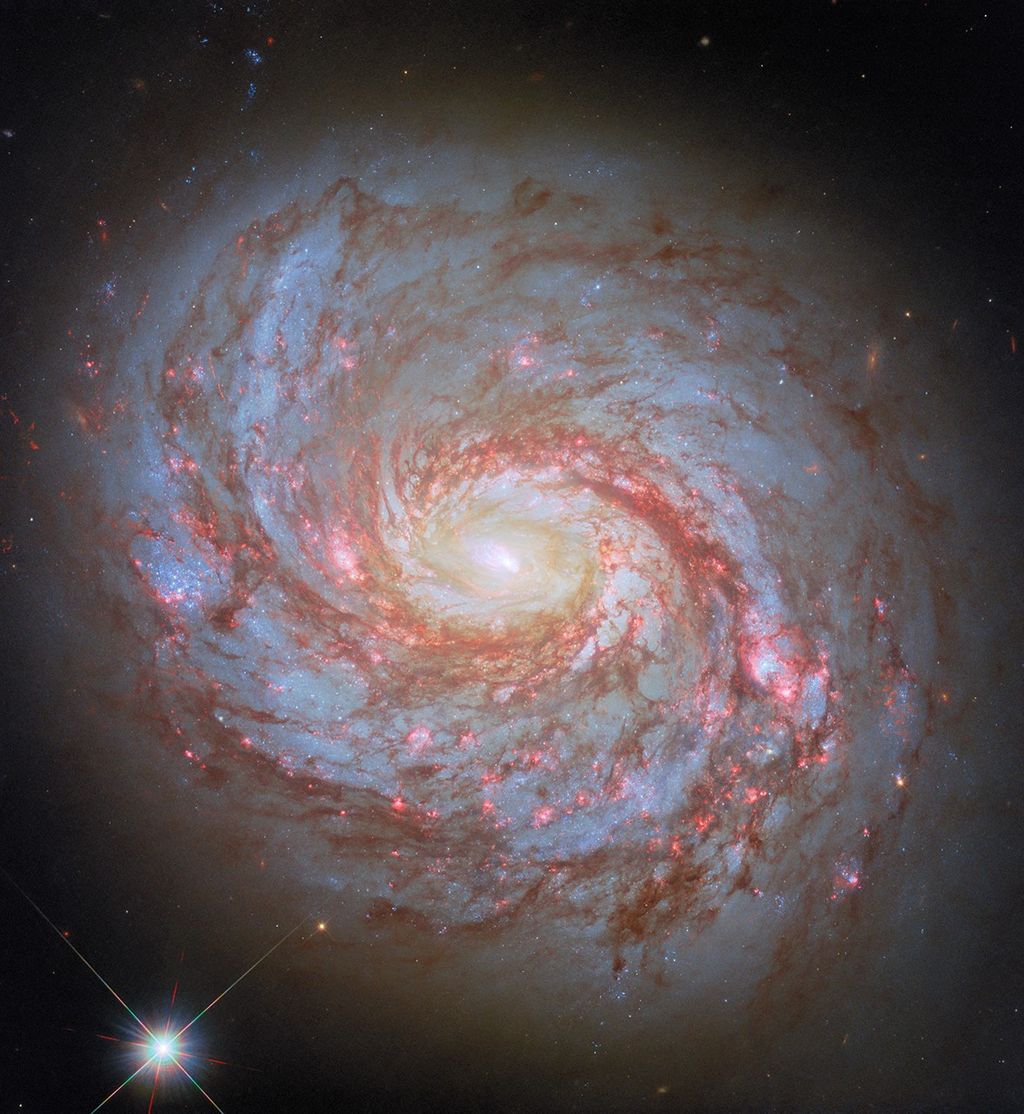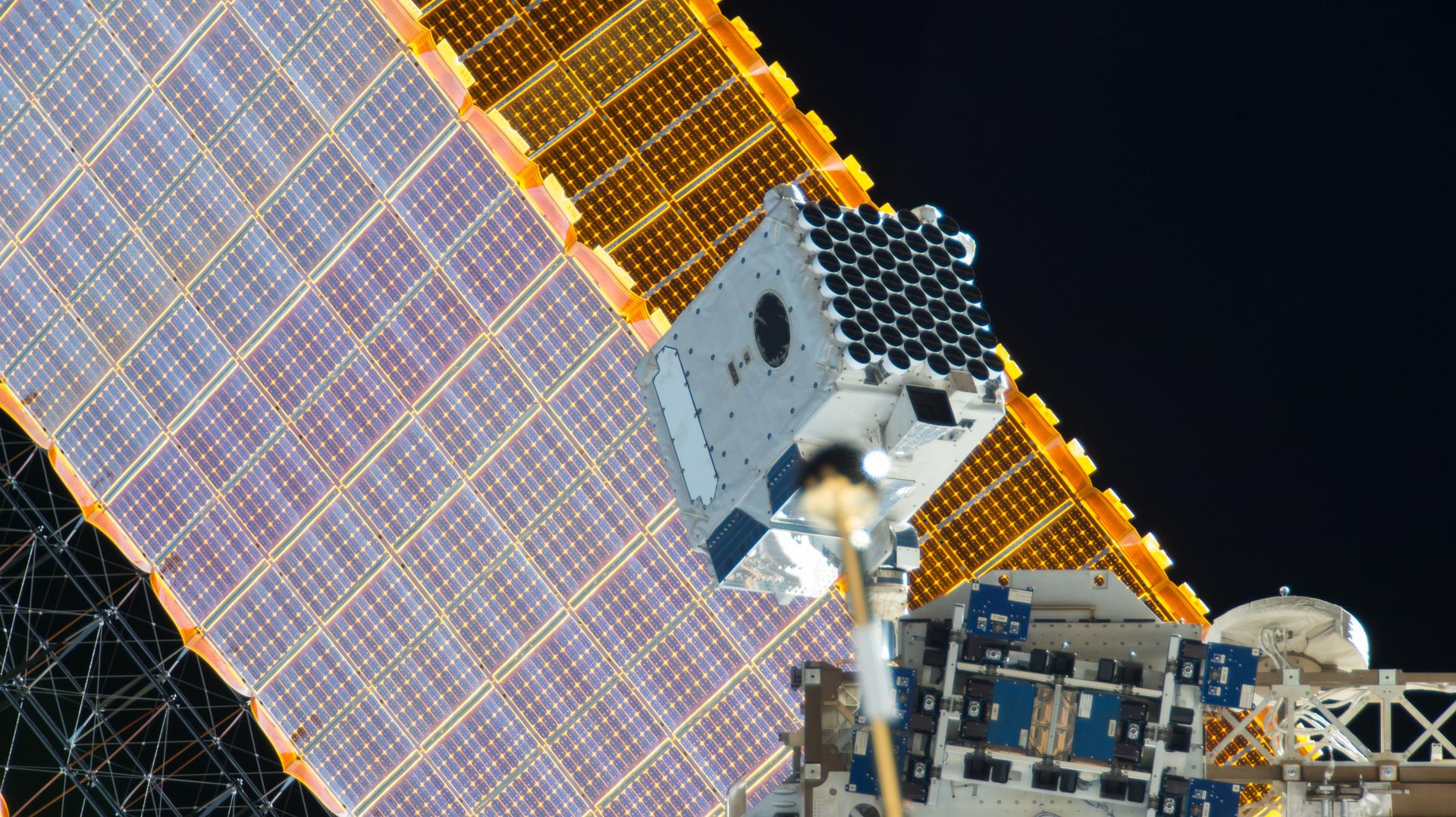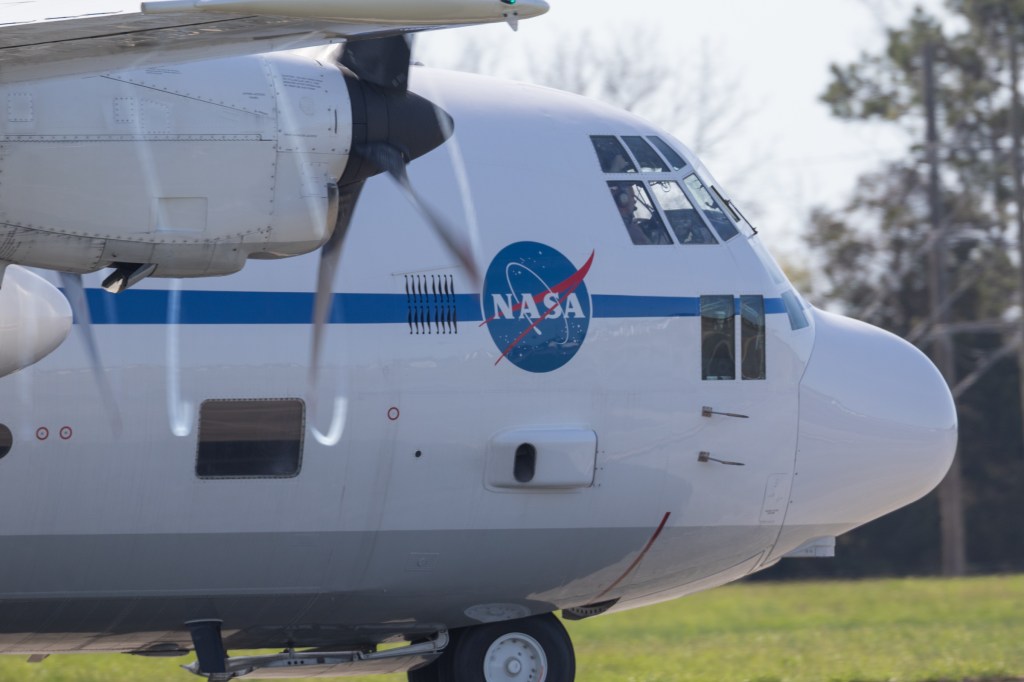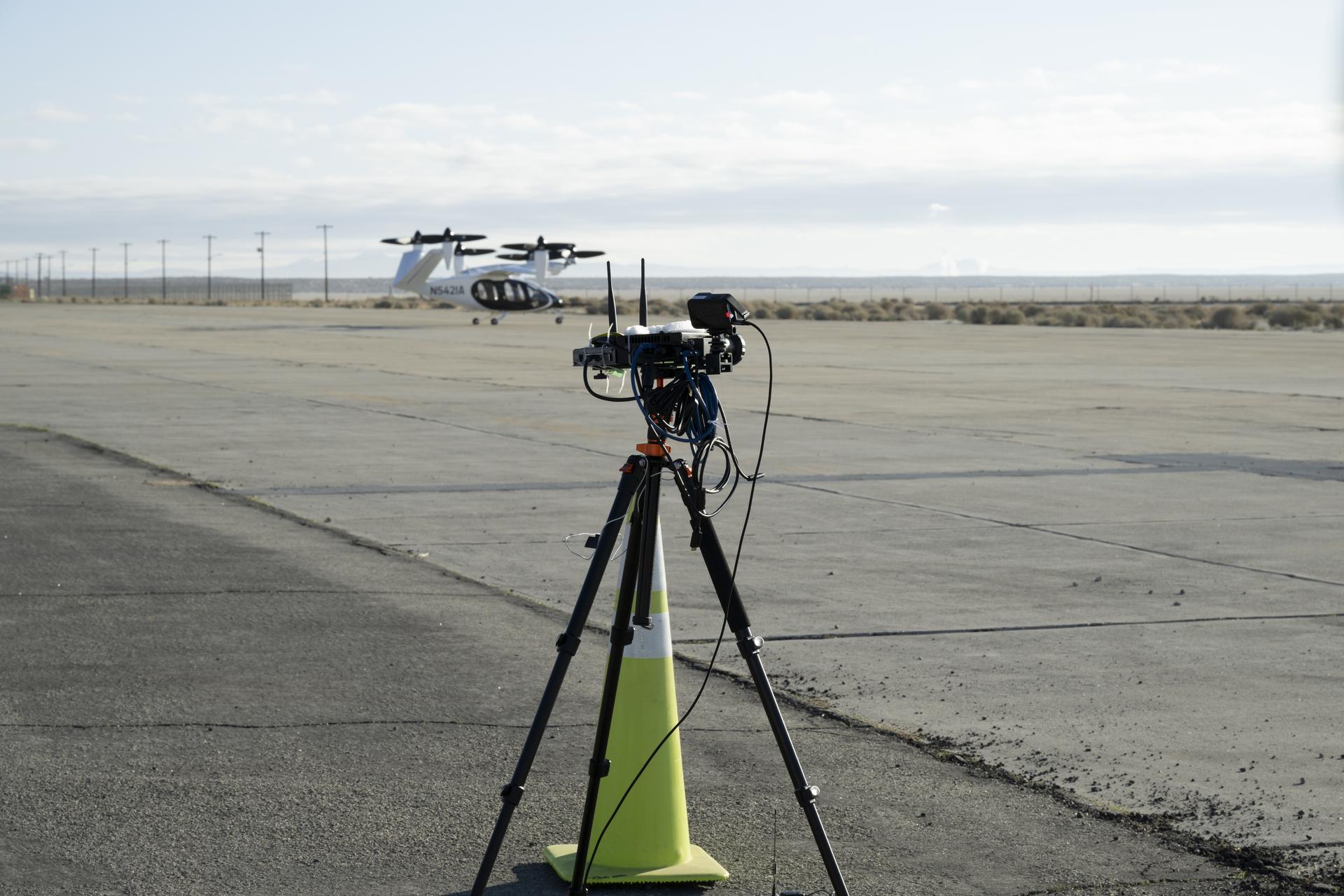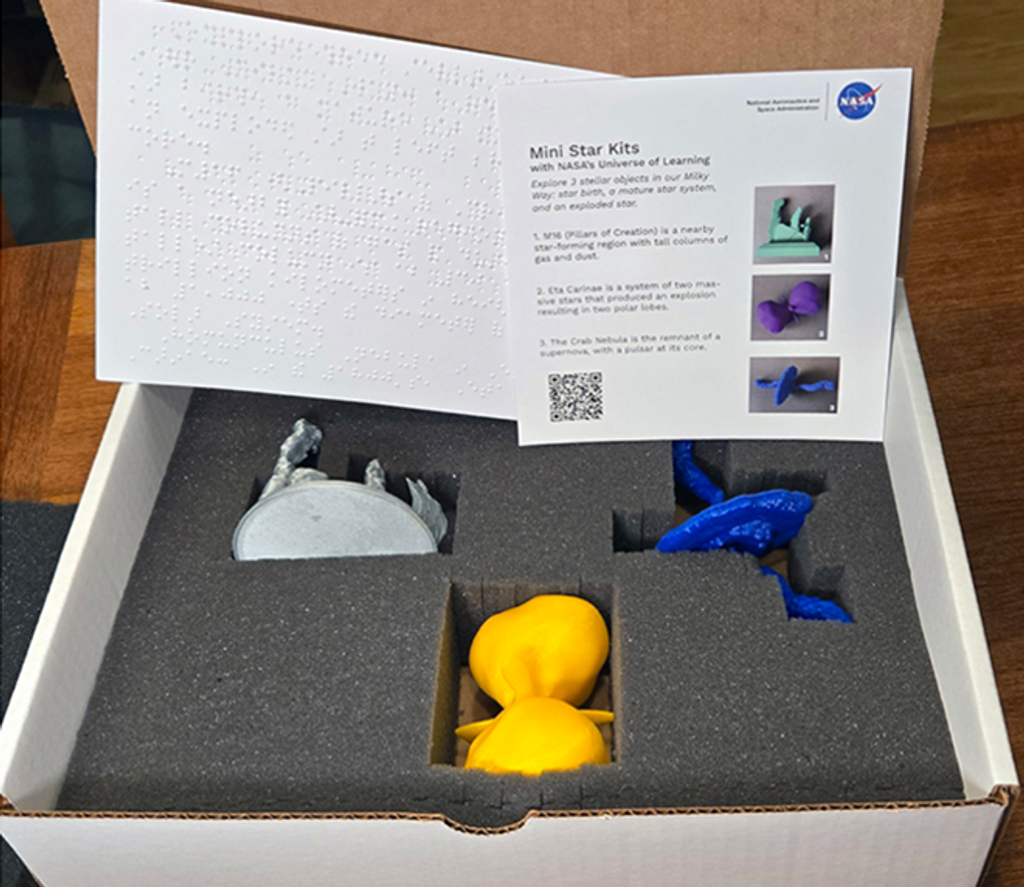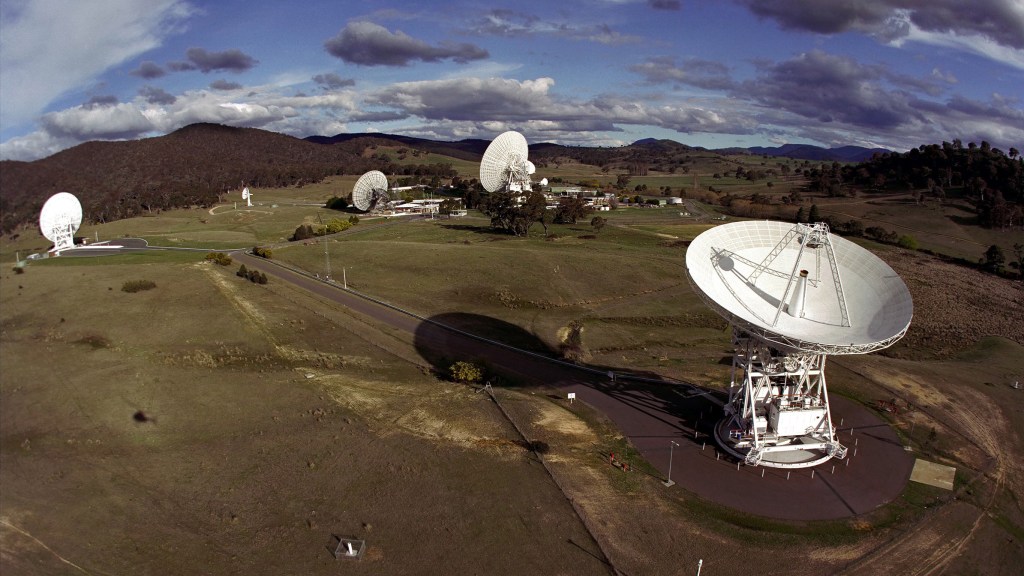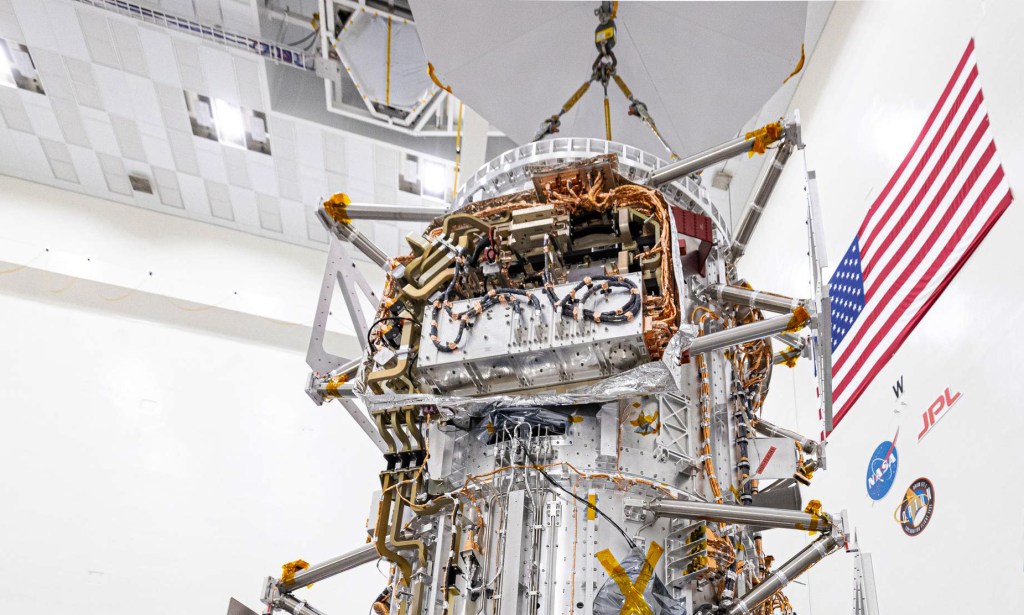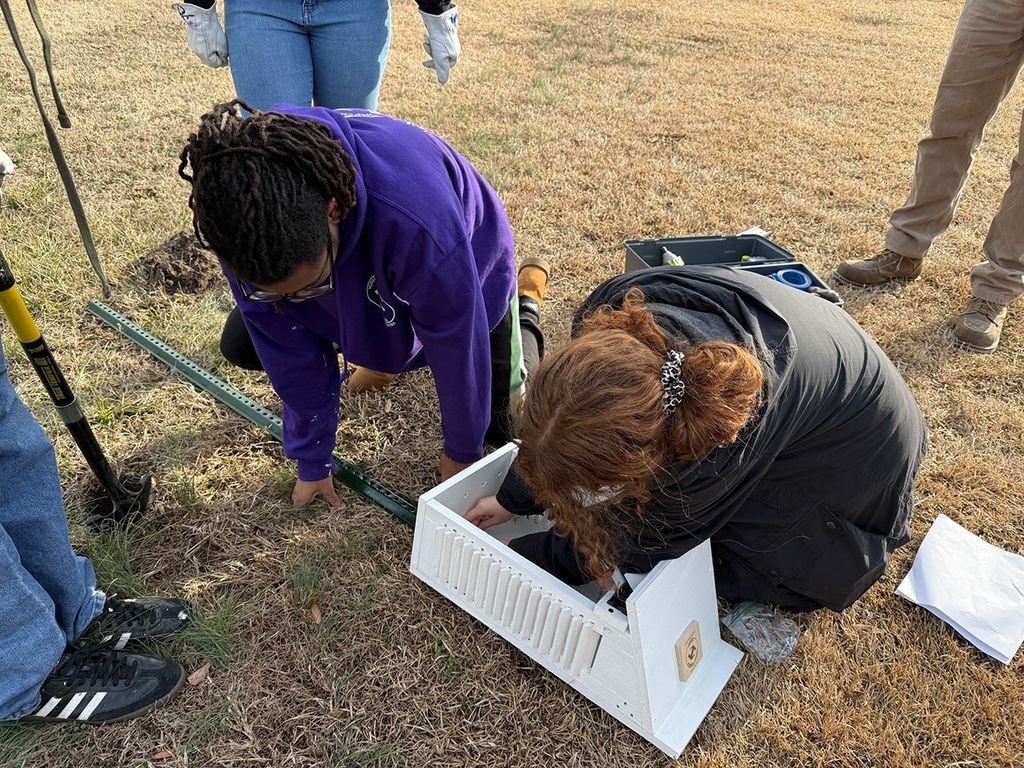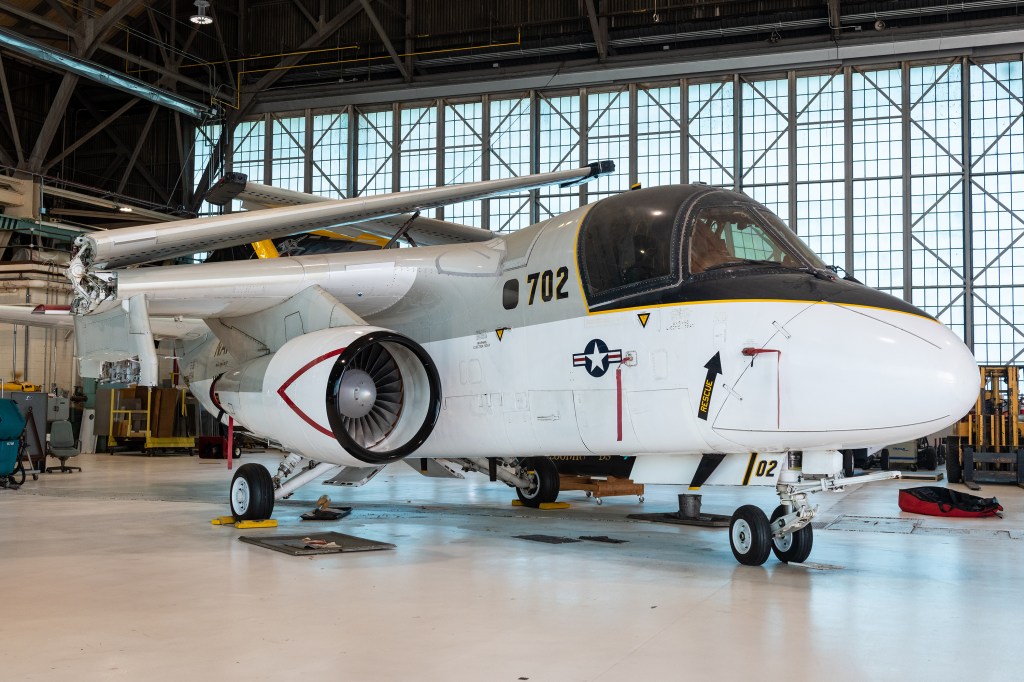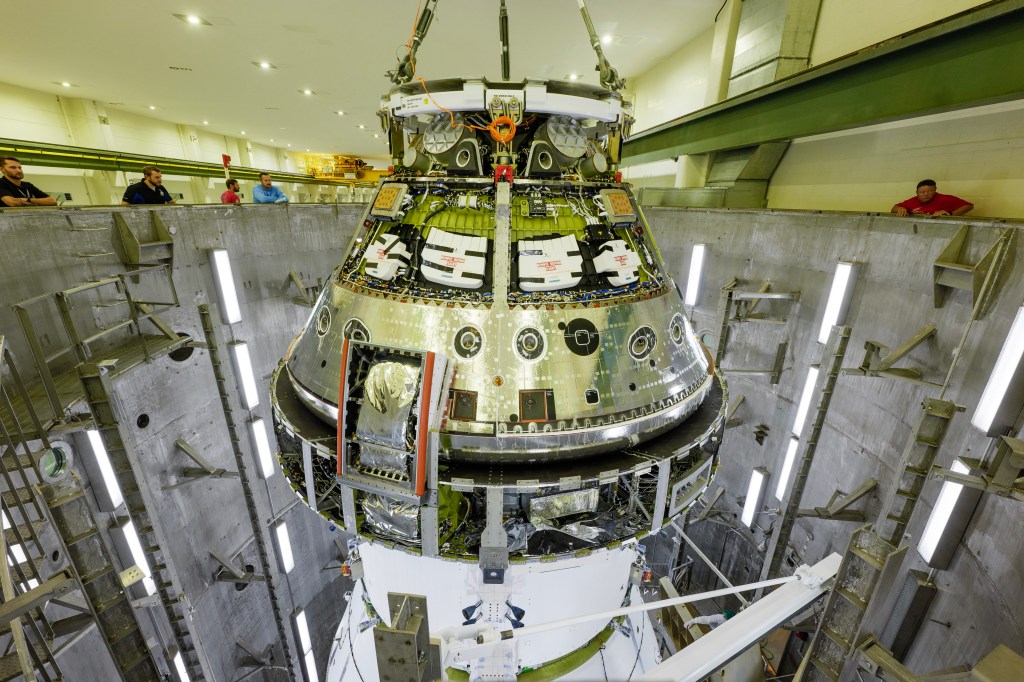From Canada to Pluto and Beyond
Today’s post is written by Alex Parker, a research scientist at the Southwest Research Institute in Boulder, Colorado, working on NASA’s New Horizons mission.
Nature is a common theme in Canadian literature, with desolate, remote landscapes often playing a role. It should come as no surprise, then, that Canada had a hand in writing the latest chapter in the story of Pluto, the most desolate and remote landscape ever explored.
To mark the first Canada Day (July 1) since the Pluto flyby, I wanted to share some of the ways that Canadian efforts have supported the New Horizons mission to Pluto and beyond.
A number of New Horizons team members are from Canada or were trained there in one way or another. I studied for my PhD at the University of Victoria in British Columbia; my PhD was in astrophysics, a field in which Canada is renowned as a global leader. Canada’s national partnership in the twin 8-meter Gemini observatories allowed me to pursue research in planetary astronomy, pushing the limits of what can be done with ground-based astronomical imaging without adaptive optics to explore the properties of binary systems in the Kuiper Belt. It was this work that prepared me for and eventually steered me toward the New Horizons mission, where I joined the team that discovered 2014 MU69, the post-Pluto target for a potential New Horizons extended mission.

Perhaps the most crucial Canadian contributions are in an area with a very long history: navigating a ship by the stars. During New Horizons’ approach to Pluto last year, it was a made-in-Canada star map that helped guide the way. National Research Council (NRC) of Canada scientists at the Canadian Astronomy Data Centre (CADC) in British Columbia used data collected from the Canada-France-Hawaii Telescope (CFHT) to assemble a detailed navigational star map for the mission, which was used by the Navigation and Hazards teams to keep the spacecraft on-course and safe from harm.
Dr. Stephen Gwyn and Dr. JJ Kavelaars, both at the NRC-CADC, have worked to support the New Horizons mission for years. JJ Kavelaars was my PhD supervisor, and both he and Stephen Gwyn taught me much of what I know about the astrometric and image processing techniques needed to find and track New Horizons’ potential post-Pluto target, 2014 MU69.
Gwyn developed and maintains MegaPipe, the data processing service that helps turn raw CFHT images into precisely-calibrated star maps, among other things. Using data collected from CFHT’s extremely well-calibrated MegaCam imager especially for the Pluto mission, Gwyn created a catalog the stars that would stand as a backdrop for Pluto during the flyby. The purpose of the catalog was to provide extremely precise locations and properties of the stars that would appear in New Horizons images on approach, so they could be used as navigational aids.
Frédéric Pelletier, a former Canadian Space Agency engineer from Quebec, was the KinetX Deputy Navigation Team Chief for the Pluto flyby. He and his team compared imagery from New Horizons to the CFHT star map to determine exactly the path that New Horizons was on with respect to Pluto, and adjust its course to achieve the planned flyby. The targeting was precise enough to fly New Horizons through the shadows of both Pluto and Charon. This allowed New Horizons to examine Pluto’s atmosphere backlit by the sun, and perform detailed analysis of its chemical makeup. The Atmospheres science team is led by Dr. Randy Gladstone at SwRI, who grew up in Canada and attended the University of British Columba.
Both Gwyn and Kavelaars are involved in our continued tracking of 2014 MU69, providing their expertise on matters of extremely high-precision astrometry of both stars and Kuiper Belt Objects. The CFHT star map is still in use for determining the precise orbit of 2014 MU69, and Kavelaars has led a Gemini Observatory program to track and refine the orbits of many other Kuiper Belt objects that New Horizons would study at long range during an extended mission.
If an extended mission is approved, these efforts will continue to help New Horizons find its way into the unknown as it flies to worlds in the outer solar system more distant than have ever been explored.
